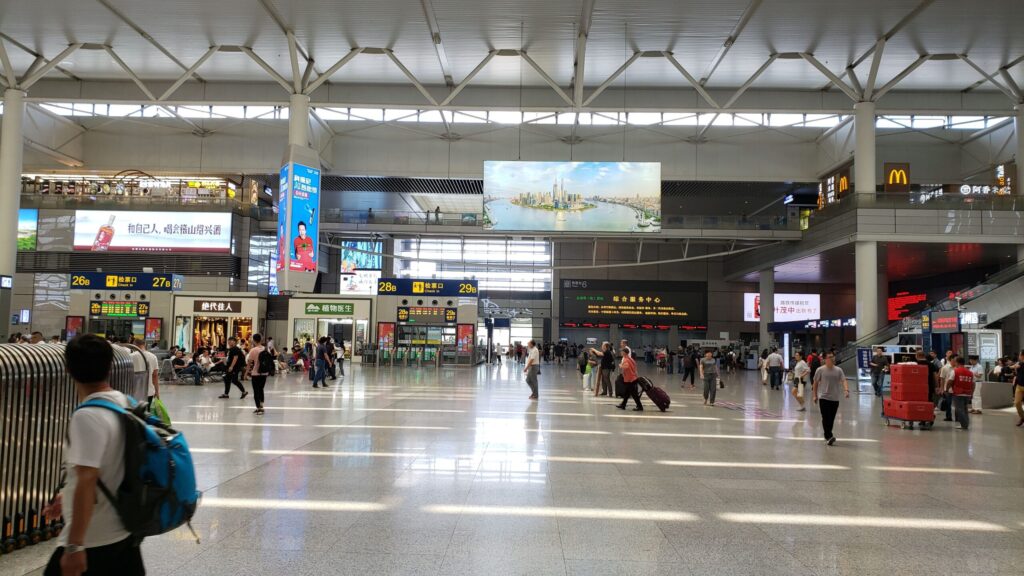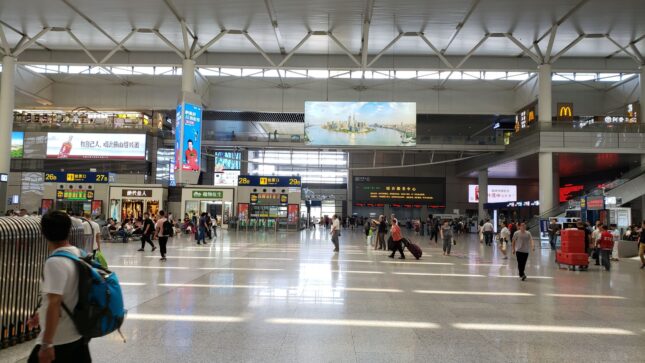How to determine the ambient sound level
Sound level, audibility and intelligibility are key aspects of adhering to NFPA 72
Sound insights
- The process of determining ambient sound levels for fire alarm systems in new construction involves assessing similar existing buildings or using guidelines from NFPA 72.
- When selecting sounder locations, the output of devices, influenced by distance and power settings, is crucial for audibility. Design considerations, such as tap settings, circuit lengths and device maintenance, are emphasized to meet code requirements and avoid post-installation challenges.
- Additionally, speaker strobe design in various environments requires strategic placement for optimal coverage and consideration of ambient noise levels for effective audibility.
NFPA 72: National Fire Alarm and Signaling Code provides design and installation provisions for fire signaling, emergency communication and mass notification systems. The sound level and audibility are important, and guided by the code.
Read the transcript of this NFPA 72: National Fire Alarm and Signaling Code webcast, and watch the on-demand event here. This transcript has been edited for length and clarity.
Expert presenter: Ray Grill, PE, Principal, Ray Grill Consulting, Clifton, Virginia.
If you are designing a fire alarm system with notification for new construction, how do you determine what the ambient sound level is going to be?
There are several different ways. When you have existing buildings it is relatively easy because you can go into the building with the sound pressure meter and evaluate the ambient sound pressures. When we are dealing with new buildings, we must use our experience of similar types of uses. There is annex material in NFPA 72, and that’s annex A to Chapter 18.
Ones that do not change much, for instance, business uses, if you do not have any crazy loud things going on in there. Educational would be schools. Now the industrial one that can be all over the place. There are industrial environments that have very loud activities and others that do not have much loud equipment at all. That is going to be very specific to the process that is occurring. We also might have acoustical consultants involved, but we are using our experience in other buildings and experience based on the types of uses within the spaces.
How do we determine sounder locations? Sounders are listed by UL and other nationally recognized laboratories, typically UL 1480, which is a reverberant chamber testing. They perform testing of the devices in an anechoic chamber and they evaluate how much sound that device can put out at a specific distance, typically 10 feet. The listing information will show that a device is listed to produce 80 or 60 V at 10 feet. Every time we double the distance in an open field, we lose 6 dBA.
As an example, say you have got a device that is listed at 90 dBA at 10 feet, if you go to 20 feet, you are going to lose six dBA, so you would be at 84 dBA. If you double that distance from 20 to 40 feet, you are going to lose another six dBA, so you would be at 78 dBA. That is within an open field.
We also can change the power setting. When we double the power setting, we are increasing the output by three dBA. Consider at a quarter watt tap setting, we are producing 79 dBA. If we double the power to that speaker, so we have a tap at a half watt, that is going to produce 82 dBA. Double that again, we are at 85, double again we are at 88. You can see there is a lot more power required to increase the audibility of those devices.
When designing systems, the tap setting is something that we must design upfront and understand upfront because the circuit design and the standby power supplies are going to be driven by how that device is set up in the field and on the design. If the system is designed for speakers or sounders to be tapped at a half watt and then you go into the field and you tap them up to 1 or 2 watts, you might not have adequate power to drive those devices. It is not intended to be changed in the field unless the circuit can accommodate it.
When we are talking about speakers, we have choices. Typically, amplifier outputs are 25 or 70.7 volts. Typically, I have always designed for the higher voltage when possible, to allow for more flexibility in the design. We can have longer circuits; we are going to have smaller wiring. It allows for more speakers to be on the same circuit. We can have smaller conduits. Just takes less space overall, and the actual speaker output is not decreased. We can have a circuit that is eight times longer and we use a 70.7-volt output versus a 25-volt output.
Now what do we do when we have problems meeting wattability? Say we are in the field and we are trying to evaluate a system. Usually, what is happening is we are overloading the system somehow. We are drawing too much power or the speakers are looking for too much power that the amplifier cannot produce, or we may have circuits that are exceeding the allowable distances and have been producing excessive resistance that is therefore not allowing the power to the speakers to produce the necessary output.
Because we have all different types of systems out there, it is very important to be cognizant of the limitations that the manufacturers put on their systems. They all produce installation manuals for their systems that will identify the lengths of circuit, size of circuits, etc. It is important to be cognizant of those. If you are installing your systems based on those requirements, then you are going to be meeting code.

The sound level, audibility and intelligibility are important in large spaces, like train stations. Courtesy: Amara Rozgus, CFE Media and Technology
As far as fixing issues, we might have to reduce the speaker tap settings, we might have to increase the wire size, we might have to add circuits or might have to change the system. Now these are significant changes that you do not want to be in a position of having to do that at the end of the project after it is installed. Regarding audibility testing and inspection, during initial inspection or reacceptance, so if you are putting in a new system, you measure the sound pressure levels using the sound pressure meter set to the A weighted scale. After the initial acceptance on an annual basis, we are only required to verify that the systems are operating. We are not retesting the audibility unless we have changes in the system or we have changes in the environment that have caused us to think we need to redo our audibility measurement.
How to ensure the alarm sounds are heard
We are also looking to make sure that devices are maintained. The designer needs to ensure they are not hanging off the wall, as that is not going to perform appropriately. We are going to listen to the devices and view the devices to make sure that they are operating, they are not being obstructed, etc. When we are doing speaker strobe design, we start out with our room methods, whether its ceiling-mounted or wall-mounting. See the tables in Chapter 18, which identifies the candela ratings for a maximum room or area size. Again, this is an area of coverage. We are talking about wall mounting of devices that device must be centered on the wall of the area that you are trying to cover to optimize it. If you put it in a corner, then you are only getting the longest distance from that device to the opposite wall, so you are not going to get an efficient layout.
As far as setting the sound levels, we then need to make sure that we are going to get coverage for our audibility. We may end up with typically more strobes than we would have combination devices. Sound can travel through barriers where light cannot travel through barriers. We must be cognizant of how we are setting those up and the sound pressure that those are expected to produce.
When we are designing for speakers, particularly in hotel design, someone will want to just put speakers in the corridor. There is no way that you can achieve 75 dB throughout a hotel room without a sounder within the hotel room. There is just too much attenuation in the corridor walls and doors, so you really need to provide devices in every room. If you have higher ambient noise, you may have to add additional devices, and achieving intelligibility may necessitate more speakers at a lower tap setting. A rule of thumb is when you are tapping a speaker at a higher power setting, there is going to be a little more distortion in the voice message, so you want to try and keep the tap settings low.
Do you have experience and expertise with the topics mentioned in this content? You should consider contributing to our CFE Media editorial team and getting the recognition you and your company deserve. Click here to start this process.

